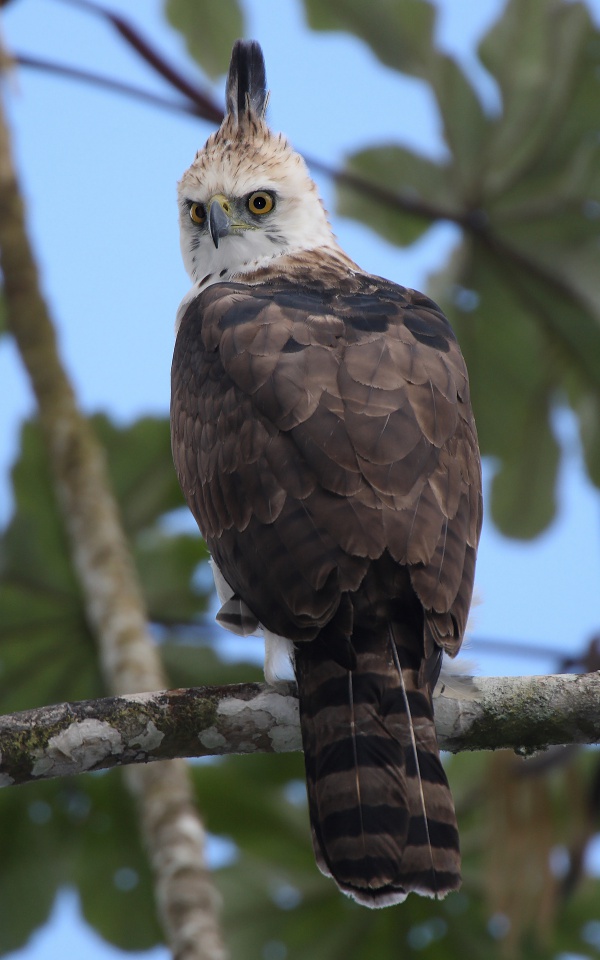Facts About Ornate hawk-eagle
The ornate hawk-eagle, a striking bird of prey indigenous to the tropical Americas, was once referred to as the crested hawk-eagle. This impressive raptor is part of the Accipitridae family and is categorized within the Aquilinae subfamily. One of the distinctive features of the ornate hawk-eagle is its vivid colors and bold markings, making adult birds particularly eye-catching. Interestingly, the plumage of juveniles is markedly different from that of adults.
These eagles thrive in primary forests with tall trees, spanning from central Mexico to parts of South America. Their diet primarily consists of medium-to-large birds, small-to-medium mammals, and occasionally reptiles.
Taxonomically, the ornate hawk-eagle belongs to the booted eagle subfamily and is classified under the Spizaetus genus. Genetic research indicates that it is closely related to other neotropical hawk-eagles, such as the black-and-chestnut eagle. There are two recognized subspecies of the ornate hawk-eagle, distinguishable by their plumage.
These birds are medium-to-large in size, with females being larger than males, a phenomenon known as reverse sexual dimorphism. They possess a distinctive call and exhibit unique hunting behaviors, often perching within the tree canopy and engaging in agile tail chases to capture their prey.
In terms of breeding, ornate hawk-eagle pairs are noted for defending their territories through impressive high circling displays. Their courtship involves acrobatic maneuvers and talon grabbing. Typically, the female lays a single egg and assumes most of the incubation duties. Observations have documented their nesting habits, egg characteristics, and the development of nestlings, with juveniles gaining independence around 12-15 months of age.
Unfortunately, the ornate hawk-eagle faces several threats, including deforestation, habitat loss, and human hunting, all of which have contributed to a decline in their population. Conservation efforts are vital to protect this magnificent bird and its natural habitat.

 Honduras
Honduras